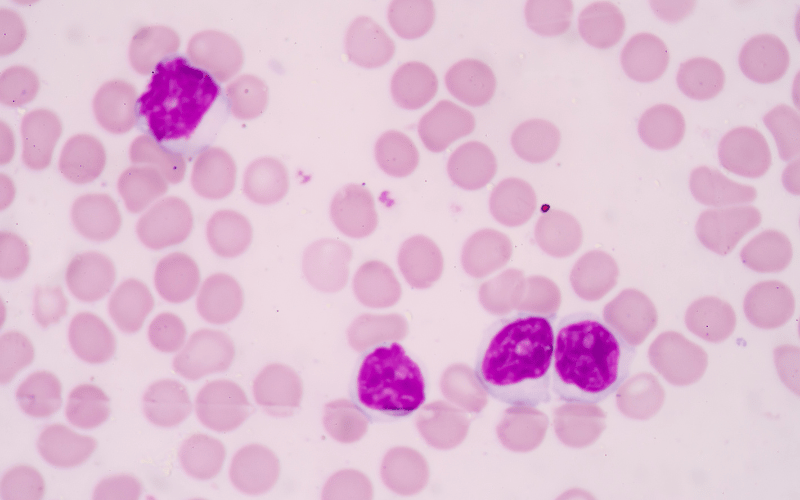Introduction: Chronic Lymphocytic Leukemia Unraveled

Leukemia. Just the term alone can send chills down one’s spine. Within the broad category of leukemia, lies the specific type known as Chronic Lymphocytic Leukemia, or CLL, for short. It also goes by another name – B-cell Chronic Lymphocytic Leukemia. Now, why all the emphasis on this one? It isn’t just another term medical students cram up for their exams; it’s a real-life challenge countless individuals face globally.
It’s easy to get lost in the complex world of medical terminologies and procedures. Yet, it’s crucial to demystify such terms for the general public, especially for those directly or indirectly affected by them. When we pull apart CLL, a series of layers emerge. From understanding its origin, to the risk factors, treatments available, and even its progression – each layer has its own unique story and importance.
And the tales don’t stop at the medical intricacies. They extend to the realm of our daily lives, personal experiences, and the emotional landscapes that patients navigate. Whether you are someone who has just heard of this condition, know someone who’s battling it, or perhaps are grappling with it yourself – understanding CLL is paramount.
In this article, we won’t be skimming the surface. We’ll dive deep, shedding light on 15 salient facts that paint a complete picture of Chronic Lymphocytic Leukemia. This is not about inducing fear but fostering understanding. Because, armed with knowledge, we can make informed choices, offer genuine support, and nurture hope.
Fact 1: What is CLL?

Chronic Lymphocytic Leukemia (CLL) falls under the category of cancers that stem from white blood cells, specifically lymphocytes. These cells, originating in the bone marrow, play a pivotal role in the body’s immune system. When CLL strikes, these very lymphocytes undergo a malignant transformation.
After this transformation, the cancerous lymphocytes proceed to invade the bloodstream. As the disease progresses, it may extend its reach, affecting other parts of the body, including lymph nodes, liver, and spleen. The unique aspect of CLL? It mainly targets B lymphocytes, which are at the frontline in our body’s defense against infections.
An alarming aspect of CLL is how these rogue cells grow. Over time, these malignant lymphocytes start outnumbering the healthy cells. This imbalance doesn’t just sit idle. It interferes with the bone marrow’s function of producing vital red blood cells, platelets, and even healthy white blood cells.
While CLL is a formidable foe, its initial stages are often asymptomatic. Many individuals carry on with their daily lives, oblivious to its presence. It’s only during routine health check-ups and blood tests that CLL might show up, revealing its concealed existence.
CLL isn’t a regional or demographic-specific concern. It’s a global challenge, touching lives indiscriminately. Understanding CLL isn’t just about familiarizing oneself with medical jargon. It’s about realizing the profound impact it has on individuals and communities worldwide. (1)